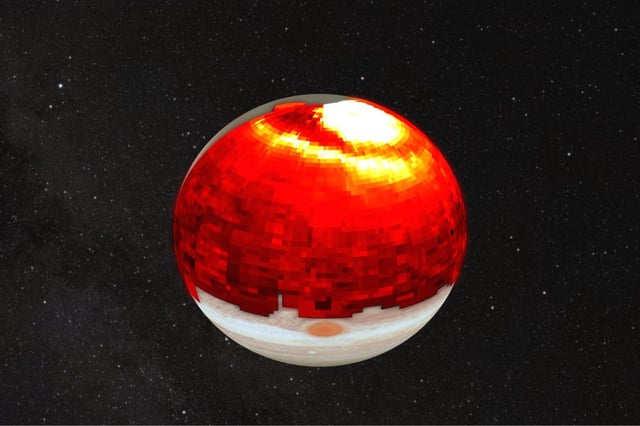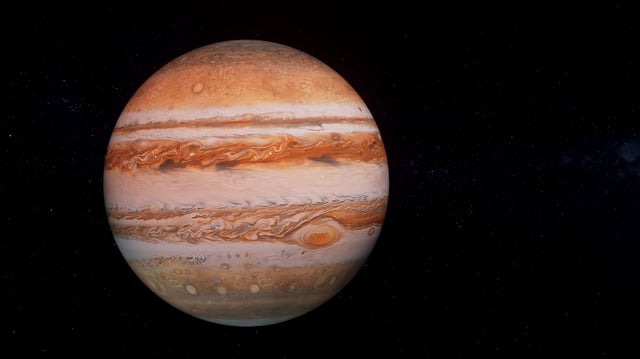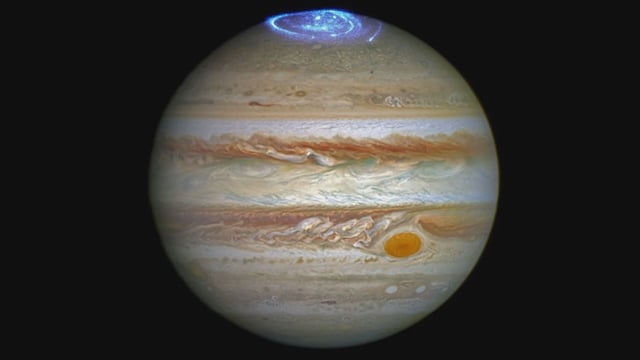Overview
- A 2017 solar wind event compressed Jupiter's magnetosphere, heating its atmosphere by 300°F (150°C) and creating a hot region spanning half the planet's circumference.
- The event triggered intense auroral activity, causing Jupiter's upper atmosphere to expand and redirect hot gas toward the equator, challenging prior assumptions about auroral heating being confined to polar regions.
- Researchers used data from the Keck telescope and NASA's Juno spacecraft to observe the phenomenon, marking the first documented instance of such an event on Jupiter.
- The study found that solar wind compressions occur on Jupiter 2–3 times per month, depending on solar activity, and demonstrated the accuracy of solar wind models in predicting these disturbances.
- These findings highlight the susceptibility of planetary atmospheres to solar influences and provide valuable insights for improving space weather forecasting to protect Earth's infrastructure.


